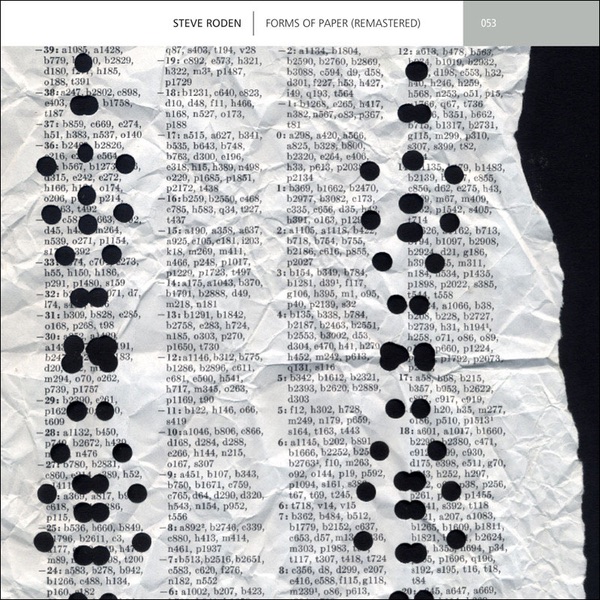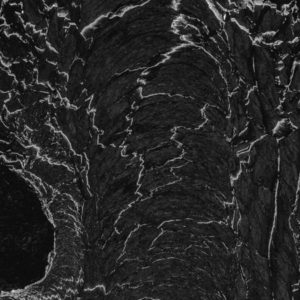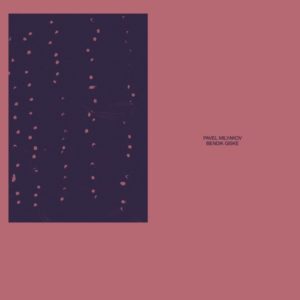Description
#steveroden #vinyl #vinylrecords
Steve Roden, a seminal figure in contemporary art and music, is best known for his pioneering work in lowercase music—a genre where minimal sounds are amplified to create intricate soundscapes. His innovative approach to both sound and visual art left an indelible mark on the art world. Forms of Paper, one of his most celebrated works, was originally commissioned by the Los Angeles Public Library and stands as a testament to his ability to transform the mundane into the extraordinary. Throughout his career, Roden’s work was characterized by a deep commitment to experimentation and a unique ability to find connections in seemingly unrelated elements.
Roden’s artistic journey was rooted in his profound curiosity and his passion for exploring the intersection of sound and visual imagery. His creative process often involved the recontextualization of overlooked or unheard elements, drawing inspiration from a wide range of sources, including literature, philosophy, and architecture. His discography, which includes landmark releases like “i listen to the wind that obliterates my traces” and “Oionos”, reflects his ability to blend sound and emotion in ways that resonate deeply with listeners. Roden’s work in sound art is often compared to the likes of Brian Eno and Morton Feldman, both of whom also explored the boundaries of sound and silence.
Roden’s influence extended beyond his recordings; his visual art was equally impactful. He exhibited his work widely, with solo shows at prestigious venues such as the Hammer Museum in Los Angeles, the Henry Art Museum in Seattle, and the National Museum of Contemporary Art in Athens. His ability to create a dialogue between different media—whether through painting, drawing, sound installations, or film—set him apart as a true multidisciplinary artist. In 2010, the Armory Center for the Arts in Pasadena presented a mid-career survey of his work, highlighting his contributions to both the visual and auditory arts. His work has been likened to that of artists such as Paul Klee and Alfred Jensen, who similarly explored the intersections of intuition and formal systems in their art.
Steve Roden’s approach to art-making was deeply personal and introspective, driven by a philosophy that emphasized the importance of experimentation and play. His unique ability to slow down and fully engage with the creative process allowed him to produce work that was not only aesthetically compelling but also emotionally resonant. Roden’s legacy continues to inspire new generations of artists and musicians, as he demonstrated that the beauty of art lies in its ability to connect disparate elements into a cohesive whole. His passing in 2023 marked the end of an era, but his work remains a powerful reminder of the potential for art to transform the ordinary into the extraordinary.




